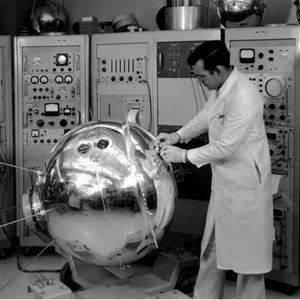


Why we're moving from Wordpress to growth driven design with HubSpot




Let's get the full disclaimer out of the way - Six & Flow is a HubSpot Diamond Partner. You'll know that if you follow any of our social channels, we do bang on about it quite a bit. So yes, perhaps we do have a vested interest in suggesting you use HubSpot for your site development. However, we do genuinely believe it's the right choice if you plan to do inbound marketing, and that's due in part to growth driven design.
It took the developer in me quite a while to get onboard with the idea of Growth Driven Design (GDD). I'd designed and built Wordpress sites for over five years before joining Six & Flow. Whilst certain elements of it were always frustrating, I was still in love with its open-source-do-anything-you-want nature. The arguments about needing a developer to do most things with it never bothered me, because I am one. Plus, nobody likes to be charged and it's free.
I was stuck in this mindset until I gained a full appreciation of the benefits of inbound marketing and the advantages of using a content management system (CMS) with that methodology built into its very soul. Everything is in one place and perfectly integrated - sounds good right?
A one-stop inbound shop
Even before you get to the inbound marketing side of things, a supreme advantage of HubSpot over Wordpress is that you have your website, landing pages, analytics & social media management all in one place. No longer do you need to login to Google Analytics for this, HootSuite for that. It's all integrated together right out of the box, which is a big time saver not just for the initial setup but for managing processes once you go live.
Initially, I thought that you could do the marketing automation side of things just as effectively with Wordpress. After all, there are plenty of plugins for adding in forms, setting up email responders and adding in elements of personalisation. However, none of them link up with each other or the rest of your tools in any sort of coherent fashion. With HubSpot, every person in your business has the same information about every lead readily available, without the need for a cursed spreadsheet. The only setup you need to do involves filling out a few fields. With minimal effort you can start using all of the elements that really bring inbound into its own, like adapative CTAs and smart forms.

Harder, better, faster, stronger
Better than that, you don't have the layers of instability, insecurity and reduced page load time that gets added with each new plugin. Instead, you know that a massive team of developers are not only maintaining your platform, they are constantly improving it.
Additional headaches like hosting, finding a reliable content delivery network and managing site security are all taken away, and along with them go the costs that inevitably creep in when going open-source.

The growth driven design process
So what's it actually like to build websites on? Initially, the idea of using HubSpot's unique language (HubL) for doing anything fancy in the templates seems like an absolute ball ache. I mean, why would anyone want to learn a new language just to build a brochureware website?
However, it quickly becomes clear that all of those PHP battles you had with Wordpress will put you in good stead for using HubL. It's essentially a simplified version of PHP, and most of the logic for displaying content will be familiar to anybody who has jumped through the Loop.
For simple websites, you don't even need to get your hands dirty with all that. The basic template provided by HubSpot can be moulded to meet the needs of most business websites via a drag-and-drop interface and some basic CSS knowledge. If the basic template isn't quite there, then you're likely to find something in the ever-expanding HubSpot marketplace that is.
My biggest bugbear with using Wordpress for clients was the trepidation I felt about handing it over to them with that next-to-useless dashboard and the daunting array of menu options that every plugin insists on creating. With HubSpot, we find our clients are already using the system for at least one part of their business, and the website is a natural extension of it.
Anybody who can edit a Word document can edit a HubSpot website page, and this means less calls for help and less opportunities to break things. Pages are divided up into modules that you define in the templates so you can easily determine what people can edit. More importantly, they can edit it easily.

Getting on with optimising websites
All of this means that as an agency we can give more of our time to the bit we do best, optimising the inbound marketing and sales automation for our clients. When we are working on sites (after we've launched them), it's to improve them as part of a growth driven design sprint rather than fixing them as part of an emergency.
Wordpress still has a place, and we will still revert to it for sites that we know won't change and don't need improving (not that there are too many of those about these days). But for any business looking to make the shift to inbound marketing, it's become the essential tool for making it work.







